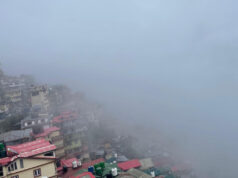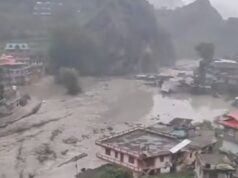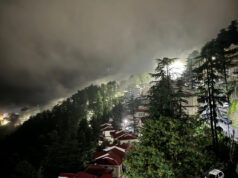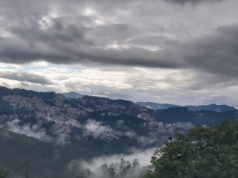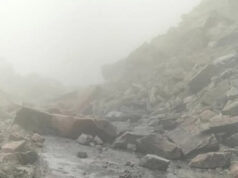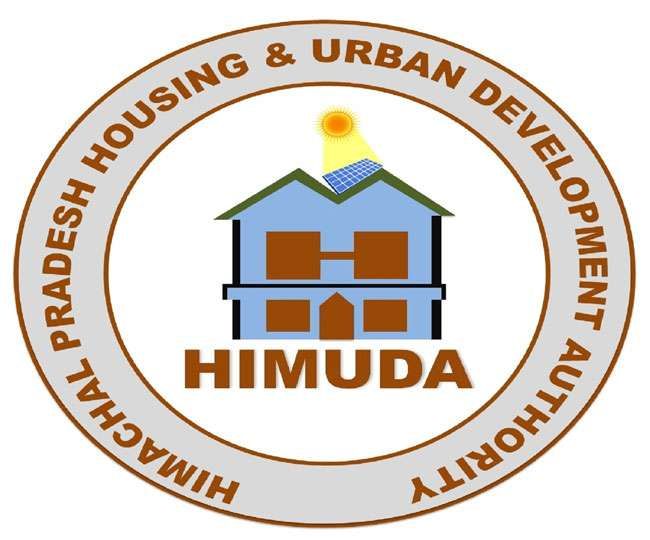Himachal Pradesh is facing a worsening drinking water crisis as water levels in natural sources have dropped by 20 to 30 percent due to insufficient winter rainfall and snowfall. The situation has become concerning in February itself, raising alarms for the upcoming months, particularly for agriculture and drinking water supply.
In the Shimla district, the Rampur subdivision is witnessing a severe decline in drinking water sources, with a reported decrease of around 40 percent. The Jal Shakti Department has interconnected small and large drinking water schemes to manage the situation, but if the dry spell continues, the crisis may intensify by March. The situation is equally grim in Dalash of Ani subdivision, where villagers receive drinking water only once in four to six days due to a 25 percent reduction in water sources.
Theog subdivision of Shimla district is also grappling with water scarcity, leading to protests by residents who surrounded the subdivision officer on Thursday, demanding an immediate resolution. In Solan district, the Dagroh drinking water scheme in Dharampur has been affected as the water levels in its sources have dropped, necessitating reliance on the Giri project for supply.
Bilaspur district is also experiencing declining water levels, though the situation has not yet significantly impacted drinking water and irrigation schemes. The region recorded brief rainfall in early January and on February 4, but the overall precipitation remains insufficient. Gobind Sagar Lake, a critical water body, has seen its levels depleting much earlier than usual, while water flow in the Ali and Sir ravines, the primary drinking water sources for the district, has also reduced.
Impact on Agriculture and Drinking Water Supply
The absence of adequate winter rain and snowfall raises fears of an agricultural crisis in Himachal Pradesh. Low soil moisture content and reduced water availability for irrigation could severely impact the upcoming Rabi crop season. Apple orchards, a vital contributor to the state’s economy, might suffer due to inadequate chilling hours and water scarcity, which are essential for healthy fruit development.
Furthermore, if the current trend continues, drinking water shortages could become severe by March and April, particularly in rural areas that depend on natural springs and small water schemes. The government may need to initiate emergency measures such as water rationing and tanker supply to mitigate the crisis. Experts warn that if the drought-like conditions persist, the state could face long-term ecological and economic consequences, making urgent water conservation measures essential.



